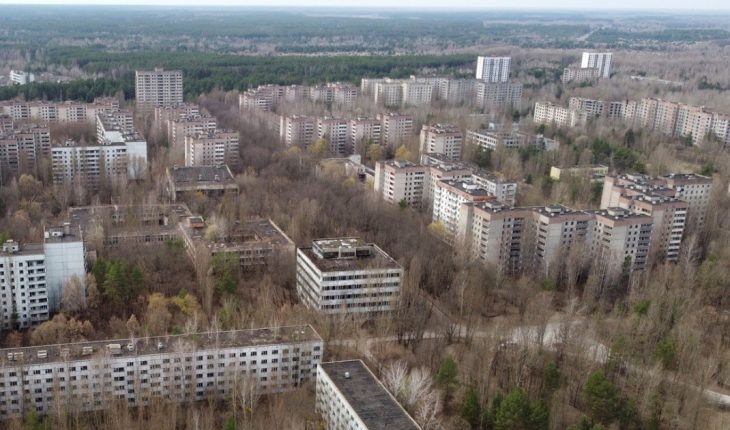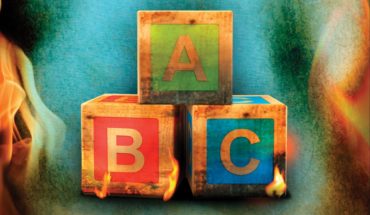Today marks the 35th birthday of the Accident of the Ukrainian Chernobyl Atomic Power Plant, a milestone in the process of the subsequent collapse of the former Soviet Union, as well as in the discussion of whether or not to use plutonium as a source of nuclear energy. The largest nuclear accident in history, which took place during a failed safety test, released large amounts of radiation that then resulted in the deaths of between 4,000 and 9,000 people from cancer or other diseases, according to a 2016 report by the World Health Organization (WHO). An estimated 31 workers died as a direct result of the event. However, the total death toll from the effects of radiation remains a topic of debate.
According to the United Nations, the disaster was similar to the dropping of 500 atomic bombs such as that dropped by the United States on Hiroshima, Japan, on August 6, 1945. The trigger for the tragedy was reportedly a test scheduled for April 25 under the direction of Moscow headquarters.However, after the news broke, the Communist Party of the former Union of Soviet Socialist Republics (USSR) sought to minimize information and give its own version of the facts. It was five o’clock in the morning when Mikhail Gorbachev, the last benchmark of the USSR, received a phone call notifying him that there had been an explosion at the Chernobyl nuclear plant.
The reformist leader not only responsible for the accident for the bureaucratic structure of the Soviet Communist Party, but allowed reforms to be made in the economy, in the ideological orientation of the USSR and the environment. News of the accident was corroborated by Sweden, and then by a group of British scientists working at a nuclear plant, as high levels of radiation were detected, according to BBC reports. A month before the accident, the weekly journal Ukrainian Literature had published an article on plant damage and disrespect for technical standards during its construction, according to a publication by the UN Organization for Education, Science and Culture (Unesco).





